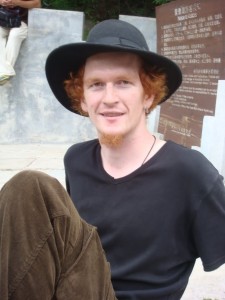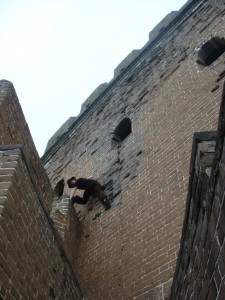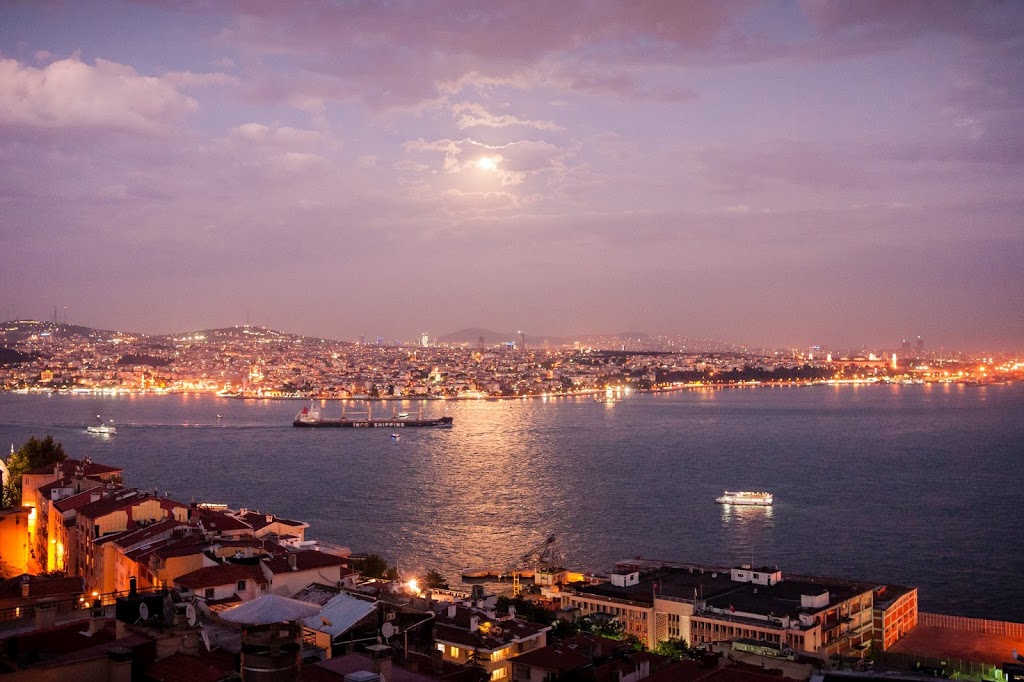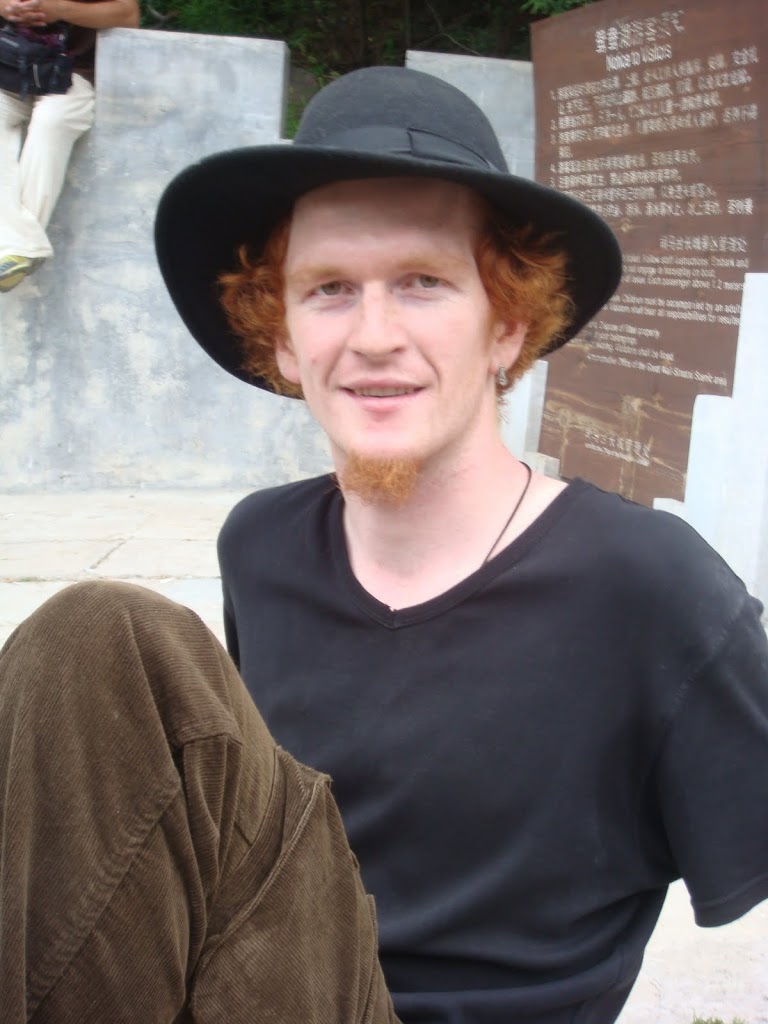You meet the most interesting people traveling. This, for example, is Benedict.

His name is actually Tobias, but as that’s a very common name in his home country of Germany he prefers to go by Benedict. Benedict was born too late (1986) to be old enough to climb the Berlin wall before it fell, so he feels he has a ‘deficiency’ and must climb any and all available walls, preferably forbidden ones.

Benedict is a journey carpenter, part of a medieval guild of construction workers who upon completing their apprenticeship must travel for three years and one day. They are not allowed within 50 kilometers of their home and cannot pay for lodging: they’re supposed to camp if no one offers them a bed. They are meant to work for their lodging (and food, if offered), honing their skills under whatever master carpenters they find along the way. They wear a distinctive outfit, unchanged since who knows when, of bell-bottom black pants, black peaked hat, corduroy vest, and white shirtsleeves. Benedict’s pants unfortunately rotted in the Chinese heat and his shirt was on the way so he switched to a T-shirt. His traveling gear is not to exceed three bundles that can be strapped to a frame of sticks on his back, a journal for master carpenters to write reviews of his work, and a walking stick.

Most journey carpenters stay in Germany, where their outfits are recognized and hospitality is easy to come by. Because of the aforementioned obsession with walls, however, Benedict decided he had better come to the Great one. He spent five months hitchhiking, training, and working across Eurasia, and arrived in Beijing just in time to catch a minibus to the rather remote Jinshanling section of the wall. The merry minibusers included Gretchen, Jeanne, and myself; a Filipino diplomat currently stationed in Moscow on his way to North Korea; a Brazilian backpacker; a student from Minnesota; and a man and a woman from Barcelona who had never met but were fulfilling the same dream of hiking the wall.

We had plenty of time to bond over the 10km hike from Jinshanling to Simatai, and I learned many fascinating things:
Ulan Bator, the capital of Mongolia, is the capital city with the widest range of annual temperature change, from about -40 degrees Fahrenheit in winter to 100 in the summer.
The Japanese army infested Taiwan with poisonous snakes when it retreated in 1945. Talk about bitter.
The Russian government doesn’t read any of the policy briefings produced by the Filipino diplomatic service. Forgive me if I’m not surprised.
The nightlife in Sitges, the Provincetown of Catalonia, is supposedly the best in the world, even if you’re not gay.
UPDATE: Journey carpenters are known in Germany as Gesellen, or wayfarers. Apparently they’re undergoing a resurgence thanks to the recession.






